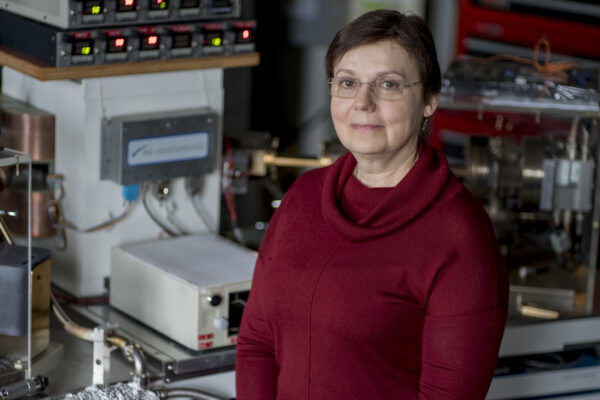What a meteorite is teaching us about space history
Presolar grains — tiny bits of solid interstellar material formed before the sun was born — are sometimes found in primitive meteorites. But a noble gas analysis from physicists in Arts & Sciences reveals evidence of presolar grains in part of a meteorite where they are not expected to be found.
Physicist to be recognized for helping ‘revolutionize astronomy’
Studying stars has never been so easy, thanks to Ernst K. Zinner, Ph.D., research professor of physics and of earth and planetary sciences, both in Arts & Sciences, at Washington University. For the past 30-plus years, Zinner has helped develop and fine-tune increasingly sophisticated instruments that allow researchers to get detailed information about circumstellar and interstellar dust — actual stardust — right in their own labs. These precision instruments use a measurement technique called secondary ion mass spectrometry (SIMS). To recognize Zinner’s important contributions to the development of SIMS and its many applications in the earth and space sciences, a scientific symposium will be held Feb. 3-4 in Crow Hall, Room 201.
Not your father’s periodic table
David Kilper/WUSTL photoWashington University’s Katharina Lodders has developed an innovative periodic table slanted toward astronomy.The periodic table isn’t what it used to be, thanks to innovations by a planetary chemist at Washington University in St. Louis. Katharina Lodders, Ph.D., Washington University research associate professor in Earth and Planetary Sciences in Arts & Sciences, has evalutated data from numerous studies including her own and arranged the data into a periodic table slanted toward astronomers and cosmochemists.

